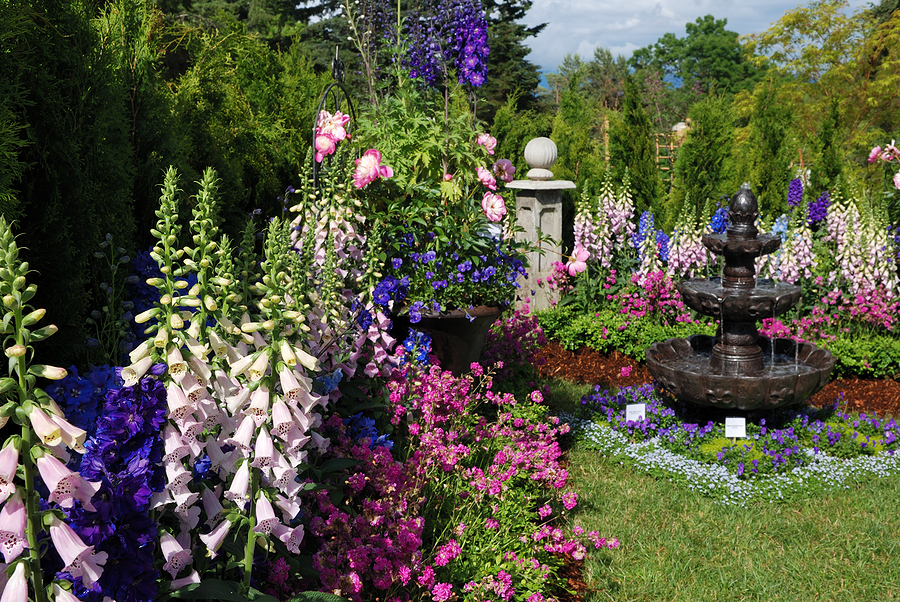How to control ants in your garden
By Sue McDougall
At some time or other we’ve all had ants in the garden and in most cases they don’t cause problems to the garden or the plants. Ants are scavengers and an important part of the food chain. A study of ants will reveal that they are some of the most amazing creatures on earth, but it’s when they get into our plants that they become pests.
Ants can devastate potted plants; they will excavate the soil around the roots, exposing them to air. The plants then lose their ability to take up fertiliser and water and eventually die. If the pot is taken off to reveal the root system there are large holes right through the potting mix and usually the soil is bone dry.
The same can happen to plants in the ground, and lawns are susceptible to damage from ants through the summer months. A lawn tends to go yellow and will die back rapidly if ants have excavated the soil around the roots. One of the most effective ways of controlling ants in garden beds and in the lawn is to apply a wetting agent and water it in thoroughly.
Meat ants usually don’t cause problems excavating soil but develop a taste for fruit such as mulberries and figs. The easiest way to control them is to wrap some foil or baking paper around the trunk and tape it in place. Smear Vaseline or grease over the paper, creating a barrier for the ants.
There are many methods of controlling ants. Try these for yourself and let us know which works best for you.
- Sprinkle talcum powder along the ant trail. The powder has an abrasive action and will wear away at their exoskeleton.
- Spray orange oil onto the ants’ trail.
- Scatter cucumber peels in the ants’ path to send them away for a little while.
- Mix 1 tablespoon of borax, 2 tablespoons of molasses and 1 dessertspoon of dry yeast. Put the mixture in plastic trays as traps. The ants are attracted to the molasses. The yeast and borax ferment and the ants “pop”.






